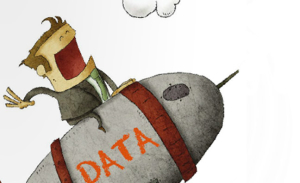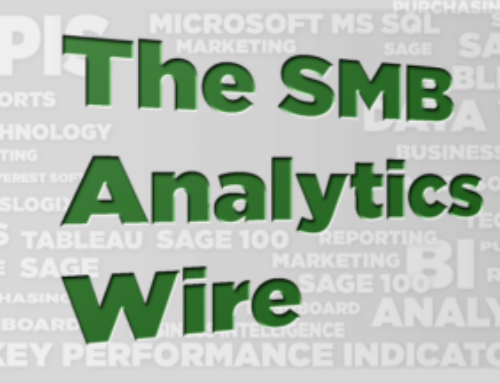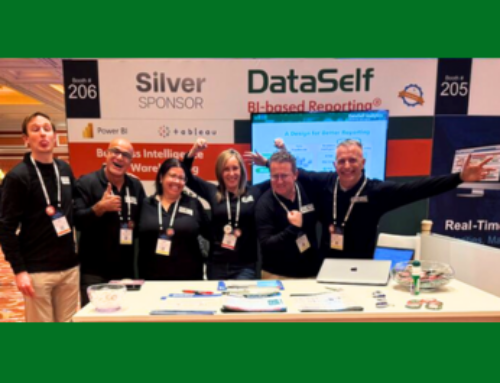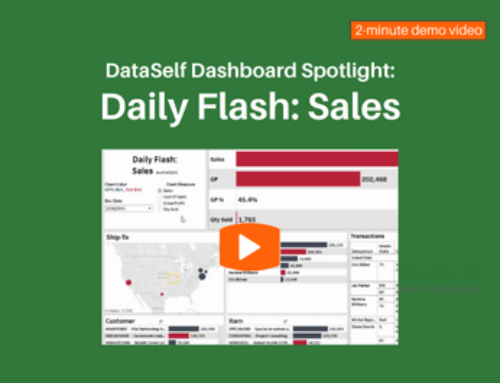Bellwether Magazine – Second Quarter 2015
 Just a few years ago, the only people we called leaders had a title on the door. Then technology intruded, the world changed, and organizations ached with complexity.
Just a few years ago, the only people we called leaders had a title on the door. Then technology intruded, the world changed, and organizations ached with complexity.
Leaders at the top soon found that modern business actually worked better when leadership came from every corner of the organization — what’s now called “leadership 2.0,” because it takes half the effort for twice the benefits.
What made this possible was data — data not just for those with positional authority but for managers and supervisors in the warehouse, HR, marketing, and in just about every function under the roof.
They could lead with data, thanks to analysis tools that made the always-plentiful data easily understood and insight-provoking. Everyone got smarter in a hurry. They made faster decisions along the long chain of leadership that went all up and down the organization.
Microleadership
You could think of their small but important decisions as micro-leadership — to lead teams and even shifts. Everyone knows how just one bad move making one customer’s order arrive late could bring an angry phone call to the CEO. One short-staffed shift could delay shipments. One incoming pallet, hastily stored, could send a headache through several departments before it’s resolved.
But not on a team that leads itself. Well visualized data shows everyone the many days since the last missed shipment or the last injury, the team’s rising productivity and below average sick days. They’re engaged.
Meanwhile, winning sales people — who set the standard for all other sales people — keep an eye on their dashboard. They watch the averages go up or down, take note of the big wins and losses They see who’s ordering and who’s not. They spot a warning when a longtime customer’s orders drop off. They see opportunities and threats coming a mile away. Just five minutes a day makes all the difference to team cohesion and team success when everyone leads from an effective dashboard.
Macro-leadership
Further up the pyramid, the CFO leads from a broader dashboard. The CFO’s staff uses statistical and economic-analysis expertise to stem waste and monitor crucial financial activity.
At the very top, the CEO breathes a little easier knowing that — though ultimate leadership stops at his or her desk — that the many small decisions made every minute all around the organization roll up to a smarter organization overall.
Immediate benefits
Benefits of such leadership are immediate on all levels. Employees everywhere are more engaged and feel more ownership. With data at hand to judge their own effort, they can find new efficiencies and new services. Old pockets of cynicism and boredom dissolve in favor of pride and energy.
Leadership with data
It doesn’t happen overnight — but the right data tools can plant the seeds in a week. Leadership 2.0 requires easy, self-service access, with reports and data discovery available as soon as it’s needed. Above all, it requires a system that lets just about anyone see and understand data at their own level of comprehension.
One product offers best-of-breed visualization powered by Tableau and a strong backend powered by Microsoft BI to supply the data — priced for mid-sized organizations. DataSelf Analytics makes data analysis and reporting accessible to leaders at all levels — in fact, just about anyone from beginner to expert, with no help from IT.
More information at www.dataself.com




